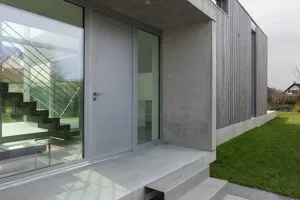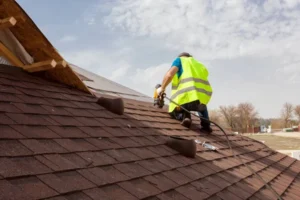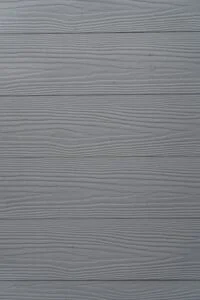Did you know that, in the last decade alone, solar has experienced an average growth rate of 33 percent annually?
Increased demand has made the supplies not only more common but more accessible. Prices are decreasing, making it a lot easier for homeowners to make the switch. What goes into building your own solar system, though?
Luckily, we’re here to walk you through the basics. Read on to learn everything you need to know about essential solar panel system components.
Inverter
The inverters are the brains of your solar power system. They’re responsible for converting the DC power from your panels into the AC power that’s used by your home’s appliances.
Your inverters also help route the flow of electricity between the system’s components. You’re also likely to find a monitoring solution with them. It’s made to help monitor your system’s overall performance.
Battery
If you’re running an off-grid or battery backup system, a local battery is needed to store usable energy in case of emergencies. Whether you’re dealing with a power outage, extreme weather, or some other event, this is the component that’s going to help you get through it.
There are three main types you can choose for your system:
- Flooded lead-acid
- Lithium
- Sealed lead-acid
Each comes with its sets of pros and cons, but what you use is going to depend solely on your system as a whole.
Panels
Whether you’re investing in a portable solar system like the Bluetti AC200 or a system for your home, the panels are the most important component. They’re also the most expensive part.
Their mounting and placement play an important role in your system’s performance, and they have a bigger effect on its overall efficiency than any other part.
Charge Controller
The solar charge controller is going to help your system by regulating the voltage and current flow from the panels to the battery. It works to detect and monitor your battery’s voltage, and it reduces the current when your battery is fully charged.
This is how your system maintains a charge to keep the battery ready for use whenever it’s needed.
Mounting Racks
Mounting racks are what are going to keep your panels in position to absorb sunlight. There are different types of mounting systems, including ground, pole, and ballasted.
Most homes utilize roof-mounted systems, as they’re the most cost-effective and convenient option. It also helps to save room on your property, which is great if you have limited yard space.
Remember These Solar Panel System Components
When you know all the solar panel components you need, it’s a lot easier to build a system that not only works for you but with you. Building a solar system is no easy feat, and it’s important to ensure you have everything right. If you don’t, it could mean some expensive mistakes.
For more on the latest in solar and outdoors, check out the rest of our website.









